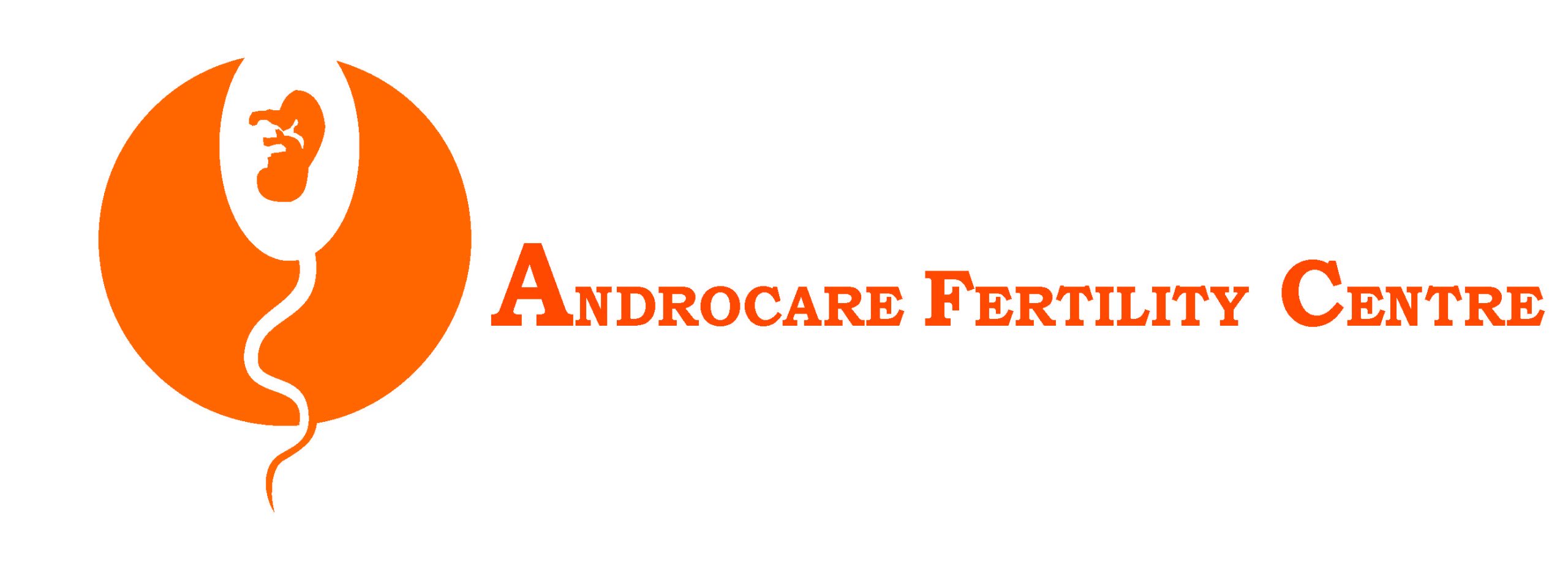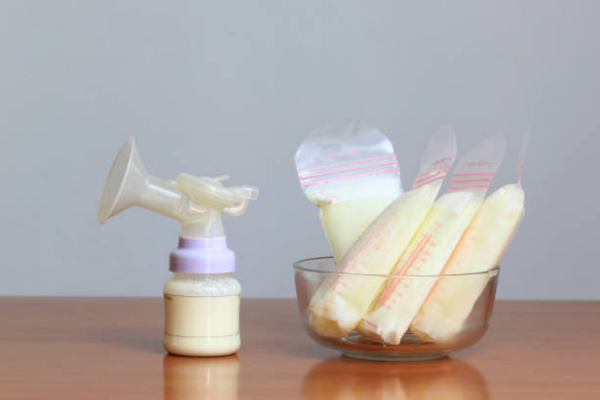Step-by-Step Guide: How to Store Breast Milk: Freshly Expressed Breast Milk
Once you’ve expressed your breast milk, prompt and correct storage is key to preserving its valuable components. Understanding how to store freshly expressed breast milk at different temperatures is essential for every breastfeeding parent.
- Room Temperature Storage: Knowing When and How to Store Breast Milk: If you plan to feed your baby within a few hours of expressing, room temperature storage can be an option. Freshly expressed breast milk can typically stand at room temperature (up to 77°F/25°C) for a maximum of 4 hours.
If the room is warmer, it’s best to refrigerate the milk sooner. Keep in mind that under very clean pumping conditions, some guidelines suggest a slightly longer window, but erring on the side of caution is always wise when considering how to store breast milk at room temperature. - Refrigeration: Extending Freshness When You Store Breast Milk: Refrigeration is a reliable method to extend the usability of your expressed milk. When you store breast milk in the refrigerator (ideally at 40°F/4°C or colder), it can remain fresh for up to 4 days.
- Always place the storage containers towards the back of the refrigerator, where the temperature is most consistent and less subject to fluctuations from the door being opened. Avoid storing pumped breast milk storage containers in the door itself.
- Freezing for Longer-Term Storage: The Best Way to Store Breast Milk: For milk you won’t use within a few days, freezing is an effective way to preserve it for longer periods. The ideal timeframe for freezing expressed breast milk guidelines is within 6 months for optimal quality and nutrient retention, although it can be acceptable for up to 12 months.
- When you store breast milk in the freezer, use small portions (2-4 ounces) to minimize waste during thawing. Remember to leave about an inch of headspace in your containers or bags to allow for expansion as the milk freezes.
- Lying breast milk storage bags flat in the freezer helps them freeze more quickly and saves space. Organize your frozen milk by date of expiration, labeling each container clearly – a crucial step in knowing how to store breast milk for later use.
Thawing Breast Milk Safely: Preserving Nutrients
Once your breast milk is frozen, knowing the proper techniques for thawing is just as important as the initial storage. Safe thawing methods help maintain the milk’s nutritional value and prevent bacterial growth.
- Prioritizing Oldest Milk First for Feeding: Implement a “first in, first out” system for your frozen milk. Always reach for the oldest expressed and frozen milk first to ensure you’re using it within the recommended timeframe. This practice helps manage your supply and minimizes waste.
- Recommended Thawing Methods for Stored Breast Milk: The safest way to thaw stored breast milk is gradually. You can transfer frozen milk to the refrigerator to thaw overnight. Alternatively, you can place the sealed container or bag in a bowl of warm water or under a stream of lukewarm running water until it’s completely thawed.
- Once thawed in the refrigerator, use the milk within 24 hours. If you thawed it using warm water, it should be used within 2 hours of being brought to room temperature.
- Methods to Avoid: Microwaving and Direct Heat: Never thaw or heat breast milk in a microwave. Microwaving can destroy valuable antibodies and nutrients and can create dangerous hot spots that could burn your baby. Similarly, avoid thawing or heating milk directly on the stovetop, as this can also lead to uneven heating and nutrient loss.
- What to Expect: Appearance and Smell of Thawed Breast Milk: It’s normal for thawed mother’s milk storage to separate, with the fat rising to the top. Gently swirl the milk to redistribute the fat before feeding. You might also notice a slight difference in odor or taste in thawed milk due to the breakdown of fats by an enzyme called lipase.
- As long as your baby accepts the milk, it’s generally safe. However, if the milk smells strongly sour or rancid, it should be discarded.
Feeding Your Baby Stored Breast Milk
Once your breast milk has been safely stored and, if necessary, thawed, the final step is feeding it to your baby. There are a few considerations to keep in mind to ensure a smooth and safe feeding process with stored breast milk.
- Temperature Preferences: Cold, Room Temperature, or Warm. Stored Breast Milk: Interestingly, the temperature of stored breast milk doesn’t significantly impact its nutritional value or safety for your baby.
- Some babies readily accept cold milk straight from the refrigerator, while others prefer it at room temperature or slightly warmed. There’s no medical necessity to warm breast milk unless your baby has a specific preference.
- Safe Warming Techniques (if desired) for Stored Breast Milk: If your baby prefers warm milk, the safest way to achieve this is by placing the sealed bottle or bag of stored breast milk in a bowl of warm water or under a stream of warm running water for a few minutes.
- Gently swirl the milk to ensure even warming. Always test the temperature on your inner wrist before feeding – it should feel lukewarm, not hot. Avoid using microwaves for warming, as mentioned before.
- Handling Leftover Stored Breast Milk: It’s common for babies not to finish a bottle in one sitting. Once your baby has started feeding from a bottle of stored breast milk, any leftover milk should be used within 1-2 hours. Bacteria from your baby’s saliva can contaminate the remaining milk.
- After this 1-2 hour window, it’s best to discard the leftovers to minimize the risk of your baby ingesting harmful bacteria. Importantly, never refreeze breast milk that has been thawed.
Traveling with Breast Milk: Keeping it Cool on the Go
Maintaining the safety of your breast milk while traveling requires careful planning. Whether you’re on a short trip or a longer journey, the key is to keep the milk at a safe temperature.
When traveling with pumped breast milk storage, the most reliable method is to use an insulated cooler packed with frozen gel packs or ice packs. This setup can typically keep your breast milk frozen for up to 24 hours, depending on the quality of your cooler and the ambient temperature.
If you’re planning to use the milk sooner, keeping it cold in the cooler is also essential. Upon reaching your destination, use the milk as soon as possible. If it’s still frozen, you can thaw it in the refrigerator.
If it’s thawed or still cold, use it within the recommended timeframe for refrigerated milk. If you have access to a freezer, you can also refreeze the milk if it still contains ice crystals. However, if it has completely thawed and been at room temperature for an extended period, it’s best to err on the side of caution and use it within the refrigerated guidelines.
Cleaning Pumping Equipment and Feeding Items
Consistent and thorough cleaning of your pumping equipment and all items that come into contact with your breast milk is a non-negotiable step in ensuring its safety for your baby. Residual milk can harbor bacteria, compromising the quality of future expressed milk.
After each pumping session, promptly disassemble all pump parts that came into contact with breast milk, such as flanges, bottles, and valves. Rinse them immediately under cool water to remove milk residue. Then, wash them thoroughly in hot, soapy water using a dedicated bottle brush.
Alternatively, most pump parts are dishwasher-safe; check the manufacturer’s instructions. Ensure all items are completely dry before their next use by air-drying them on a clean surface or using a clean, lint-free cloth. For added safety, you can sanitize your pump parts and feeding items once a day, especially for younger infants.
Sanitizing methods include boiling the parts for 5-10 minutes, using a dishwasher with a sanitize setting, or using microwave steam sterilizer bags according to the manufacturer’s instructions.
Conclusion
Mastering the guidelines for how to store breast milk is an act of love and a crucial aspect of providing the best nourishment for your baby. By adhering to these recommendations for hygiene, proper storage temperatures, and safe thawing practices, you actively protect your baby from potential health risks and ensure they receive the full benefits of your liquid gold storage.
Remember the key principles: clean hands and equipment, appropriate storage times for room temperature, refrigerated, and frozen milk, and gentle thawing methods. When in doubt, always prioritize your baby’s safety.
If you have any specific concerns or unique circumstances regarding breast milk safety and storage, don’t hesitate to reach out to your pediatrician or a lactation consultant for personalized guidance. Your diligence in following these guidelines contributes significantly to your baby’s healthy growth and development.
How long can I store breast milk at room temperature?
Freshly expressed breast milk can typically be stored at room temperature (up to 77°F/25°C) for up to 4 hours. In warmer conditions, it’s best to refrigerate it sooner.
Is it okay if my thawed breast milk looks or smells different?
It’s normal for thawed breast milk to separate; gently swirl to mix. You might notice a slight odor due to lipase, which is usually safe if your baby accepts it. However, if it smells strongly sour or rancid, discard it.
How should I thaw frozen breast milk?
The safest ways to thaw frozen breast milk are overnight in the refrigerator, in a bowl of warm water, or under lukewarm running water. Avoid using a microwave or direct heat.
Can I refreeze thawed breast milk?
No, it is not recommended to refreeze thawed breast milk due to the risk of bacterial growth. Once thawed, it should be used within 24 hours if kept in the refrigerator or within 1-2 hours if left at room temperature after warming.
What is the best way to store breast milk in the freezer?
The best way to store breast milk in the freezer is in small portions (2-4 ounces) in breast milk storage bags or airtight, food-grade containers, laid flat for quicker freezing. It’s best used within 6 months for optimal quality, though up to 12 months is acceptable.
How long does breast milk last in the fridge?
Breast milk can be safely stored in the refrigerator for up to 4 days, ideally at the back where the temperature is most consistent.

